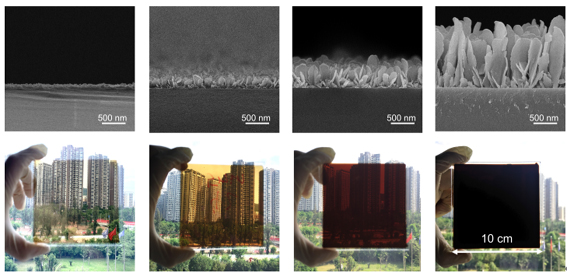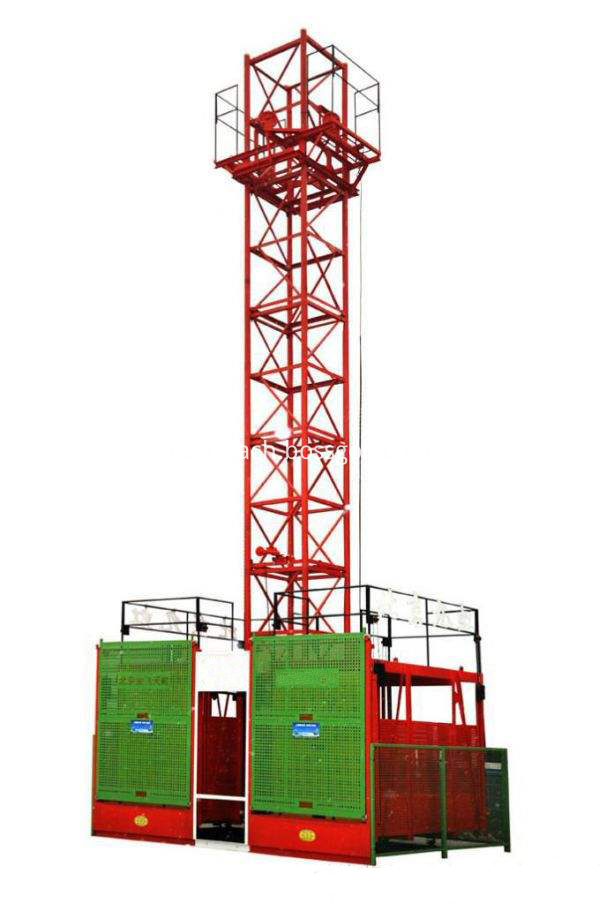Material Hoist is a kind of mechanical conveying equipment with fixed device.Safety device for rope breaking, safety device for stopping, buffer device, height and limit device, rope preventing device and other safety devices are set up.
Materials Elevator is reliable and easy to operate and maintenance. The highest working lifting height can up to 80m.
SS Series Building Hoist is driven by steel rope. It's a vertical conveyance which is used to carry material.
SS Simple Materials Lift is novel structure, high performance&lower cost, easy install and dismantle.
Materials Hoist Specification Table:
ITEM
UNIT
SS100/100
SS100
Rated Load
kg
1000/1000
1000
Lifting speed
m/min
23.5
23.5
Standard height
m
24
24
Max lifting height
m
80-130
80-130
Cage size
m
2.8*1.5*1.9
2.8*1.5*1.9
Mast section size
m
0.65*0.65*1.5 or 0.8*0.8*1.5
0.65*0.65*1.5 or 0.8*0.8*1.5
Motors power
kw
7.5*2
7.5
Wirerope
/
6*37+1-12-1670-R
6*37+1-12-1670-R
Weight for 24m height
kg
4350
3340
Mast section main limb
mm
Φ76*4
Φ76*4
Materials Hoist is mainly used for continuous vertical lifting of powder, granule and small pieces of material on site. It is usually used in conjunction with Tower Crane on site. It is widely used in the lifting of bulk materials in feed mills, flour mills, rice mills, oil plants, amylum plants, grain depots, port terminals and so on.
If you have any questions, please contact with us directly. Materials Hoist are produced with High Quality and Good Appearance. Welcome you can visit our Factory. For inqury, Please send mail directly to us.


Application Area:
Materials Hoist
Materials Hoist,Twin Cabinets Materials Hoist,Single Cabinets Materials Hoist,Hoist Material Elevator
Jinan East Machinery Co.,Ltd. , https://www.jneastmach.com